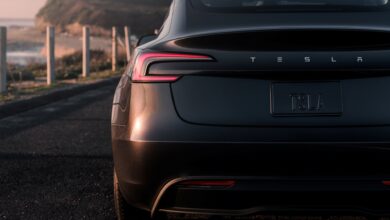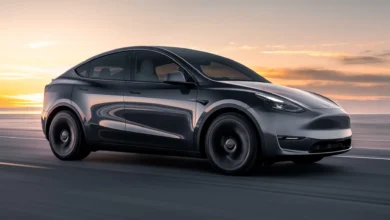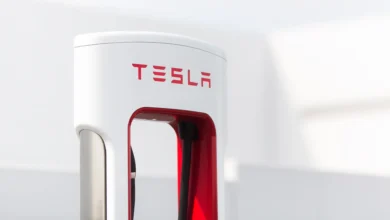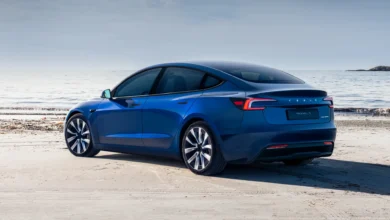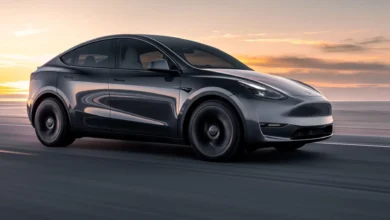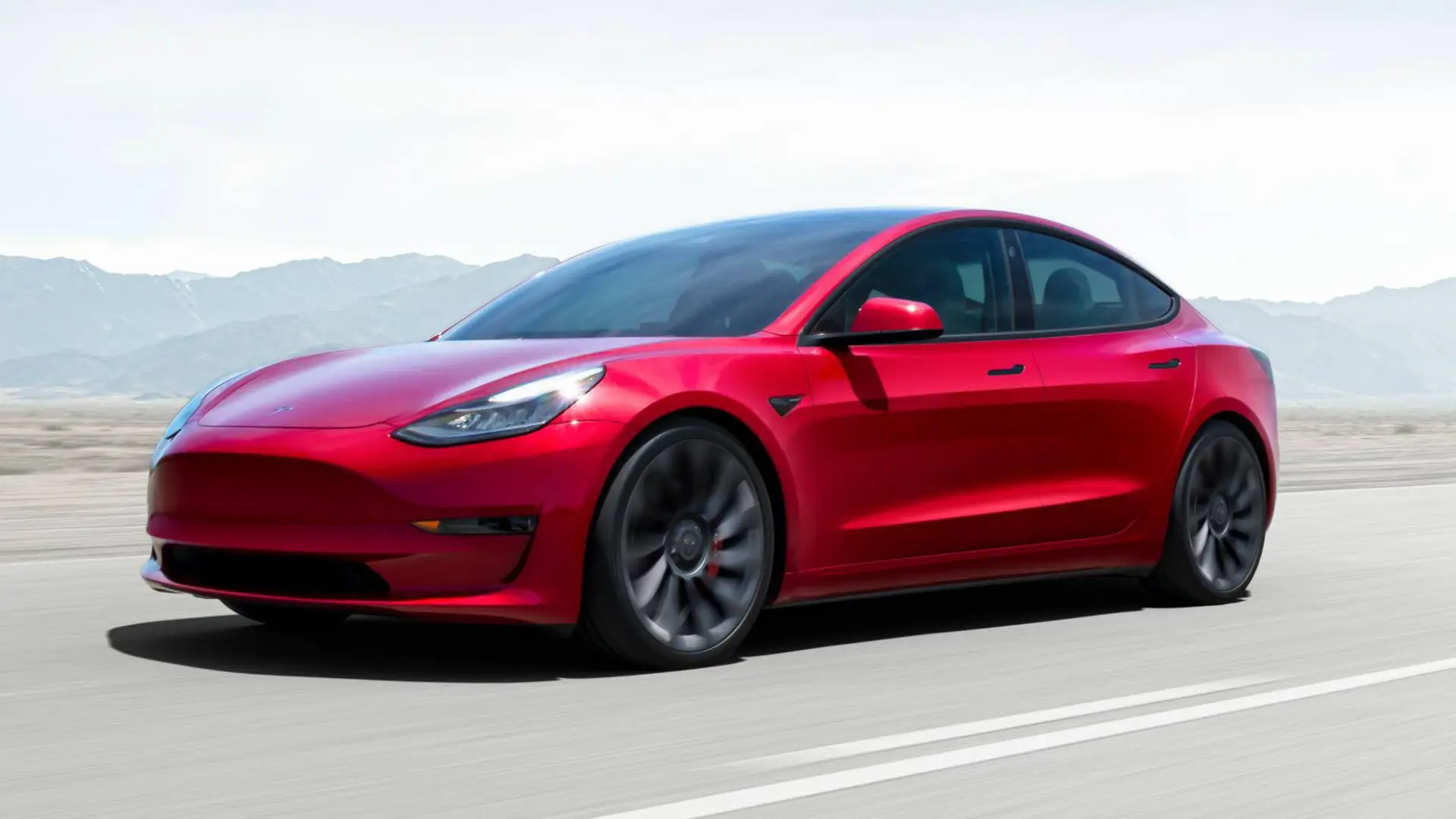
Tesla promised several years ago that its electric cars would leave its factories with all the necessary hardware so that, in the future, they would be compatible with fully autonomous driving. Regardless of whether they were activated or not, which is due to the configuration chosen at the time of purchase, all the necessary devices would be on board in case it was decided to purchase those functionalities later. A strategy that, in theory, made it possible to reduce production costs, but that turned out not to be true.
Over time, Tesla has been seeing that some of these devices were becoming obsolete and that they needed more advanced ones, such as computers or cameras. Now, as reflected in documents filed last year at the FCC (US Federal Communications Commission), the manufacturer is about to launch a new set of Autopilot HW4 sensors.
The document mentions that this new hardware will be marketed from “mid-January”, although, for now, there is no news that any unit with the new configuration is circulating. According to this document, the implementation of a high-definition radar is quite clear, which is a notable change from the current approach based only on the vision of the cameras.
Beyond the radar: the changes ahead
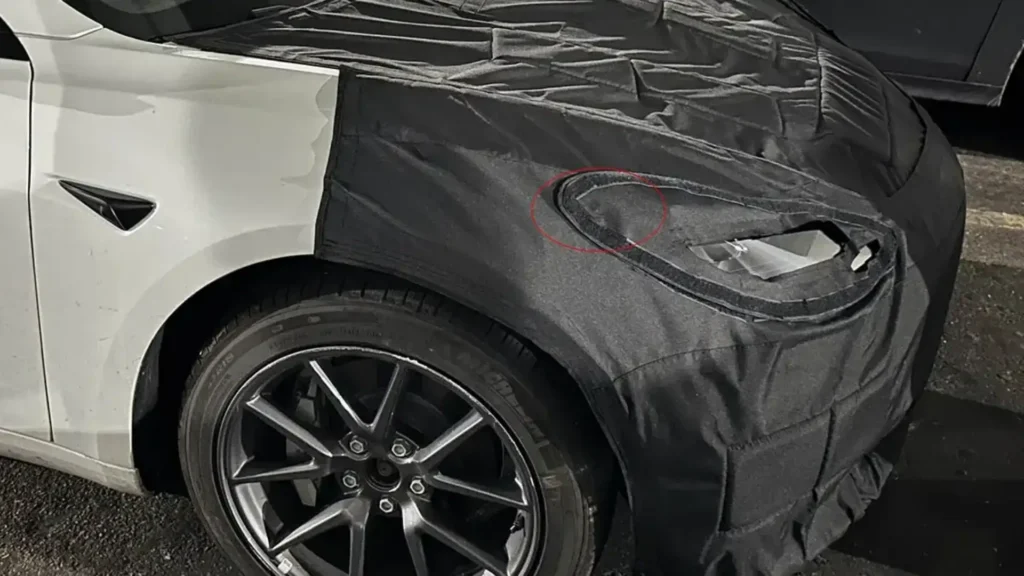
In December of last year, the prototype of a camouflaged Tesla Model 3 was sighted circulating in Santa Cruz, California. On its front end, it displayed some modifications that turned out to be very intriguing and controversial. Although the images did not provide a clear view of the new sensors, the headlights appeared to feature a strange black dot, which many believed to be a camera.
Now, thanks to a leak of the FCC document and Chris Zheng posting it on his Twitter profile, more details are known about the HW4 sensor suite. The three front cameras will leave their configuration to be reduced to two. The reason could be the long-announced increase in resolution and enlargement of its field of view, which would make the third camera redundant.
The photos in the tweet also show that the front cameras now have a more rounded viewfinder. They now have a fan to cool them in direct sunlight, and possibly a heater as well to prevent fogging. The B-pillar cameras also have these heating devices, although the implementation of this function will be evaluated “after feedback from the project”, according to the leaked document.
Given these changes, the battle of accusations and attacks between the fervent defenders of the brand and its detractors has exploded again. The latter argues that Tesla not only reduces costs but also security to lower the price of its electric cars. Arguments that join the controversial withdrawal of ultrasonic sensors announced in October last year, to entrust their function to cameras.
The eight high-resolution cameras feeding data to the Autopilot computer should be a major upgrade in terms of processing power. This raises even more questions about whether Tesla’s sold so far with HW3 hardware will continue to support what Tesla calls FSD ( full self-driving), the complete autonomous driving that should arrive in the not-too-distant future.
